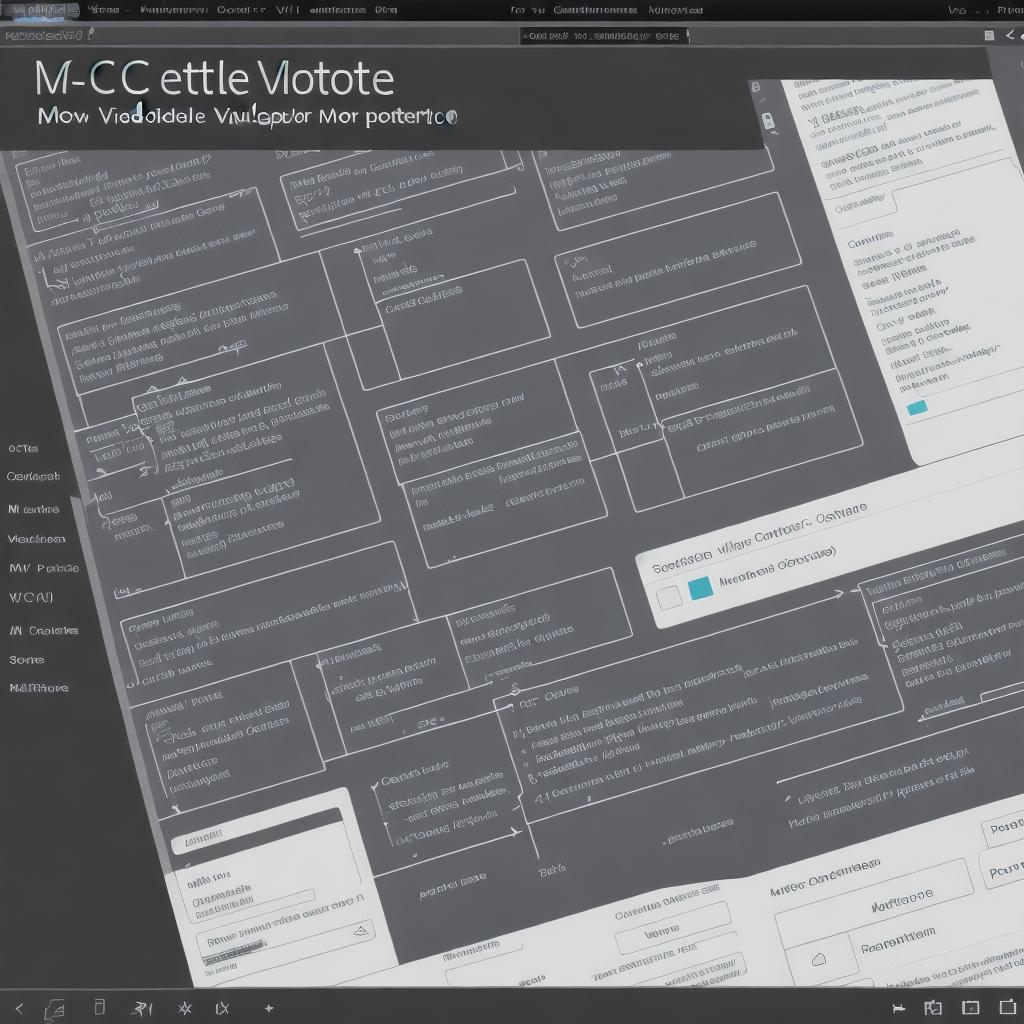Choosing the right development pattern for your Android project is crucial to its success. This guide explores commonly used patterns and their benefits, drawbacks, and real-life examples. The patterns covered include MVC, MVP, repository, live data, and model observer. Each pattern has its strengths and weaknesses, and developers need to choose the one that best suits their project’s requirements.
- MVC (Model-View-Controller) Pattern
The MVC pattern separates an application’s data, user interface, and logic into three distinct components, making it easier to develop, test, and maintain. The model represents the data, the view represents the user interface, and the controller handles user input and updates the view accordingly.
Pros: Easy to understand and implement, modular design, separates concerns, making it easier to test individual components.
Cons: Can be complex to implement for large applications with many views, requires careful consideration of data flow and synchronization.
Example: A weather app that displays the current temperature and forecast for a specific location. The model would store the temperature data, the view would display the current temperature and forecast, and the controller would handle user input to update the view with new data.
- MVP (Model-View-Presenter) Pattern
The MVP pattern separates the presentation logic from the view component. The presenter handles all user input and updates the view with new data. The model represents the data, and the view displays it to the user.
Pros: Simplifies the codebase by separating presentation logic from the view component, makes it easier to test individual components, can be more efficient than the MVC pattern for small applications.
Cons: May not be suitable for large applications with many views and complex user interfaces, requires careful consideration of data flow and synchronization.

Example: A news app that displays a list of articles. The model would store the article data, the view would display the list of articles, and the presenter would handle user input to update the view with new data.
- Repository Pattern
The repository pattern is used to manage data access and persistence in an application. It provides a single interface to interact with the data, abstracting away the underlying data storage mechanism. The repository handles all data access operations, such as fetching, updating, and deleting data.
Pros: Simplifies the codebase by abstracting away the underlying data storage mechanism, provides a single interface to interact with the data, making it easier to use, can be more efficient than directly interacting with the database for small applications.
Cons: May not be suitable for large applications with complex data models or data access requirements, requires careful consideration of data consistency and concurrency control.
Example: A social media app that allows users to post photos and follow other users. The repository would handle all data access operations related to posts and followers, such as fetching the latest posts or following a user.
- Live Data Pattern
The live data pattern is used to update the user interface in real-time as data changes. It uses the RxJava library to manage reactive programming and observable streams, allowing developers to easily handle complex data flows and updates.
Pros: Enables real-time updates to the user interface, simplifies the codebase by handling complex data flows and updates, can be more efficient than polling for data changes.
Cons: Requires careful consideration of network latency and concurrency control, may not be suitable for applications with low-latency requirements or limited bandwidth.
Example: A fitness app that tracks a user’s heart rate and steps taken. The live data pattern would update the user interface in real-time as the user moves or their heart rate changes.
